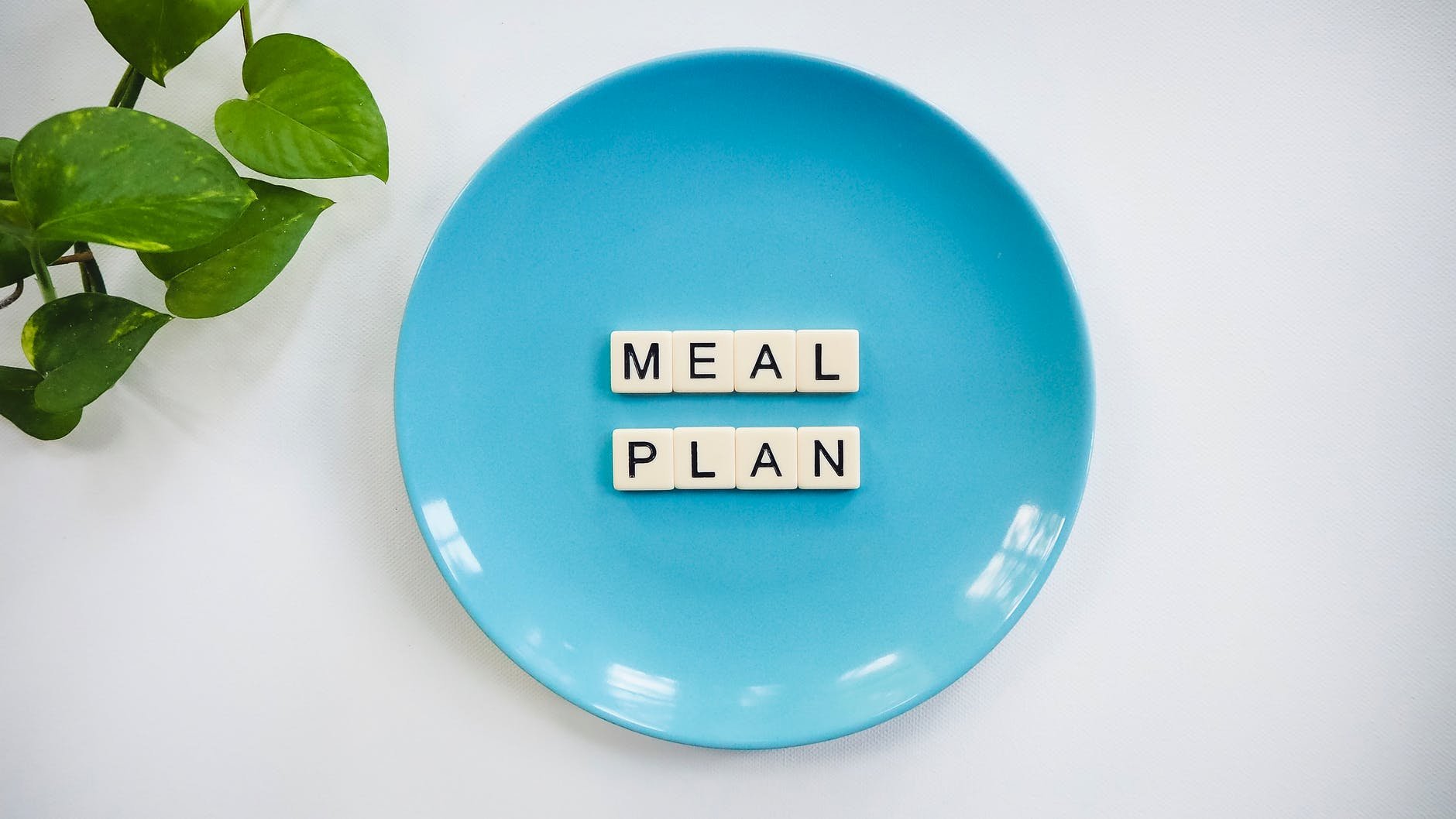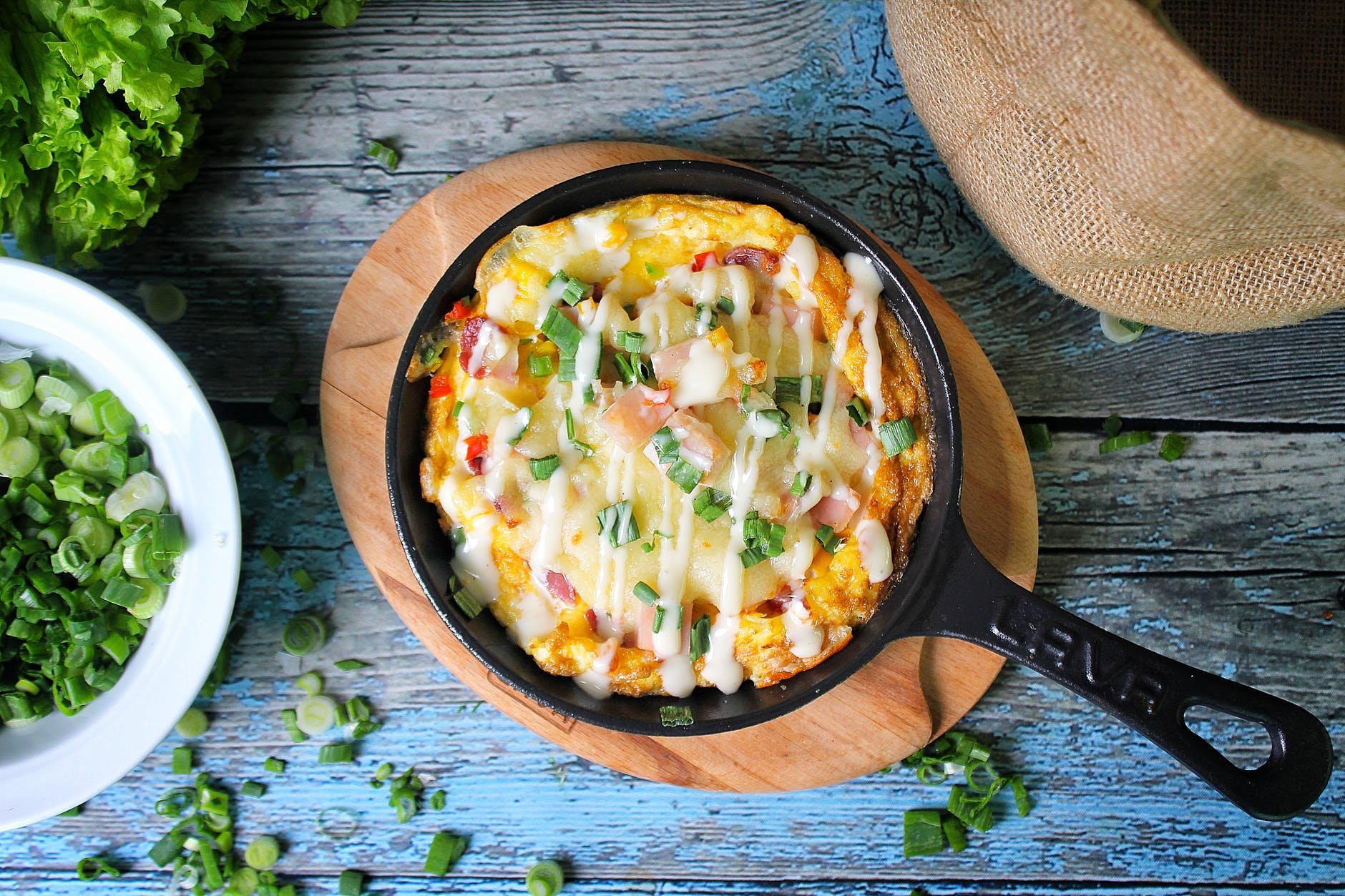MEAL PLANNING MADE EASY
MEAL PLANNING MADE EASY
Written by Jennifer Korneski (Somerset County Healthy Living Program Coordinator)
Preparing meals that balance good nutrition around what your family will enjoy can sometimes seem impossible, especially with busy schedules. It may be easier to pick up a pizza then finding time to cook but the reality is getting takeout on a regular basis not only puts a strain on the family budget, but many times doesn’t provide the balanced nutrition we all need.
Many of the foods and beverages that Americans consume are loaded with added sugar, sodium and saturated fats which have a major impact on health. Healthy eating patterns can lower risk for heart disease, stroke, obesity, diabetes and other health conditions. A healthy eating plan that focuses on vegetables, fruits, whole grains, low-fat dairy and lean meats like poultry and fish is recommended by the USDA. There is no one-size-fits-all approach to nutrition. The 2020-2025 Dietary Guidelines was designed to encourage Americans to make nutrition choices that include personal, cultural, and financial needs.
Meal planning and prepping is a great way to stay within the guidelines to ensure your family has healthy ready-to-eat meals instead of processed or fast food. Working full time and having two children involved in several after school activities, this topic hits home for me. Here are a few tips that will help make mealtime easy and healthy.
Make a Plan for the Week
Start with a plan. Look at your family’s schedule to see what is happening so you know which days you will have more time to cook. Take inventory of what you already have and may be able to use, especially produce. I like to keep frozen staples like broccoli, cauliflower, peas and chopped spinach on hand as well as proteins like chicken, shrimp, ground beef, pork, turkey, or chicken. In the fridge, I always have dairy products such as Greek yogurt, low-fat cheeses, and milk.
Pantry item staples I recommend having on hand include a variety of canned beans, diced tomatoes, canned artichokes, brown rice, quinoa, pasta, canned tuna, unsweetened applesauce, a variety of nuts, and natural nut butter, olive oil, vegetable and chicken broths, Dijon mustard and several types of vinegars. Next, gather recipes and make a grocery list of items you will need for the week, so you only go to the grocery store once instead of stopping several times to pick up 1-2 items. This will be a huge time saver.
Prepping Techniques
There are several ways you can prep ahead. You can pick one day and cook several things, cook once and eat it multiple ways, make one-pot meals using a crock pot or sheet pan or pre-portioning mason jars with salad or overnight oats.
Personally, I like to cook and prep on Sundays. For example, this past weekend I made a cheeseburger skillet for dinner served with pickles and raw carrots on the side. I roasted vegetables and grilled chicken for the next night’s dinner, and cooked hardboiled eggs and made protein balls to have as grab-and-go breakfast options or snacks for the week. A pot of soup, tray of homemade mac-n-cheese or stuffed peppers are also great options to keep your fridge stocked for family-friendly meals when you know there will be no time to cook in the days ahead.
Breakfast for dinner is always in our rotation on evenings when time is limited or I’m due for a trip to the grocery store. My kids love pancakes. I like to keep small zip lock bags of frozen blueberries in the freezer ready for pancakes at a moment’s notice.
Another technique is making extra and reinvent the food the following day. Grilled chicken or cutlets are a perfect example. You can have chicken cutlets, quinoa, and broccoli on the first night. Use leftover cutlets over salad for lunch the next day or melt cheese over the cutlets with some pesto and serve with a baked potato and side salad and you have a new meal. With leftover quinoa, you can enjoy it warmed for breakfast with a little almond milk and berries or take left over broccoli and make a quiche.
A second example of cooking once and eating twice would be make two – one for cooking that night for dinner and one to freeze. Meatloaf, meatballs or marinating london broil are my favorites for this technique. Once you defrost it, your main dish is ready to go, the only thing you need to do is cook it.
All Webinars are 2pm EST
For more meal planning tips and tasty recipes, join the Somerset County Family & Community Health Science department for a webinar series this month in celebration of National Nutrition Month. Must pre-register for webinar link.
Fill Your Plate with Flavor: Meal Planning Made Easy https://go.rutgers.edu/vkf9j7qx
Fill Your Plate with Flavor: Latin Flavors at Home https://go.rutgers.edu/evdml67r
Fill Your Plate with Flavor: Herbs & Spices https://go.rutgers.edu/rm8ubrde
SOURCES
“Dietary Guidelines for Americans, 2020-2025.” U.S. Department of Agriculture and U.S. Department of Health and Human Services. 9th Edition. December 2020. https://dietaryguidelines.gov. Accessed 1 March 2022.
“What is MyPlate”. U.S Department of Agriculture https://www.myplate.gov/ Accessed 1 March 2022.



